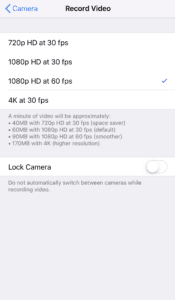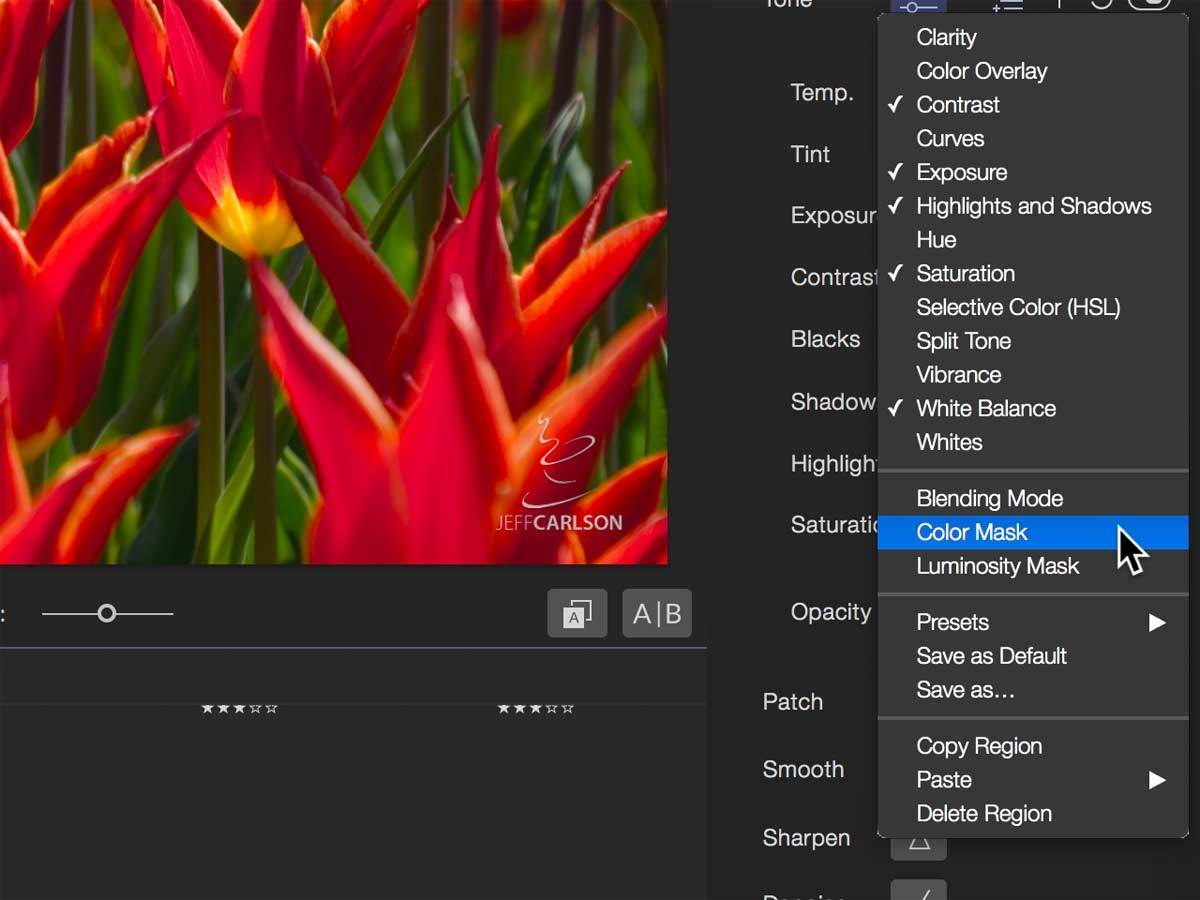
Specifically, instructors should seek to minimize extraneous cognitive load and should consider the intrinsic cognitive load of the subject when constructing learning experiences, carefully structuring them when the material has high intrinsic load. These definitions have implications for design of educational materials and experiences.

These concepts are more fully articulated and to some extent critiqued in an excellent review by de Jong (2010). It is often characterized as load that arises from a poorly designed lesson (e.g., confusing instructions, extra information), but may also be load that arises due to stereotype threat or imposter syndrome. The third component of a learning experience is extraneous load, which is cognitive effort that does not help the learner toward the desired learning outcome. The ultimate goal of these activities is for the learner to incorporate the subject under study into a schema of richly connected ideas. The second component of any learning experience is germane load, which is the level of cognitive activity necessary to reach the desired learning outcome- e.g., to make the comparisons, do the analysis, elucidate the steps necessary to master the lesson. The common example given to illustrate a subject with low intrinsic load is a word pair (e.g., blue = azul), whereas grammar is a subject with a high intrinsic load due to its many levels of connectivity and conditional relationships. The first of these is intrinsic load, which is inherent to the subject under study and is determined in part by the degrees of connectivity within the subject. Because working memory is very limited, the learner must be selective about what information from sensory memory to pay attention to during the learning process, an observation that has important implications for creating educational materials.īased on this model of memory, Cognitive Load Theory suggests that any learning experience has three components (see the figure). This processing is a prerequisite for encoding into long-term memory, which has virtually unlimited capacity. Information from sensory memory may be selected for temporary storage and processing in working memory, which has very limited capacity. Sensory memory is transient, collecting information from the environment. Cognitive Load Theory, initially articulated by Sweller and colleagues (1988, 1989, 1994), suggests that memory has several components (see the figure).


One of the primary considerations when constructing educational materials, including video, is cognitive load. Together, these considerations provide a solid base for the development and use of video as an effective educational tool. non-cognitive elements that impact engagement.In order for video to serve as a productive part of a learning experience, however, it is important for the instructor to consider three elements for video design and implementation: Several meta-analyses have shown that technology can enhance learning (e.g., Schmid et al., 2014), and multiple studies have shown that video, specifically, can be a highly effective educational tool (e.g., Kay, 2012 Allen and Smith, 2012 Lloyd and Robertson, 2012 Rackaway, 2012 Hsin and Cigas, 2013). It is integrated as part of traditional courses, serves as a cornerstone of many blended courses, and is often the main information delivery mechanism in MOOCs.

Video has become an important part of higher education. Effective educational videos by Cynthia J.


 0 kommentar(er)
0 kommentar(er)
